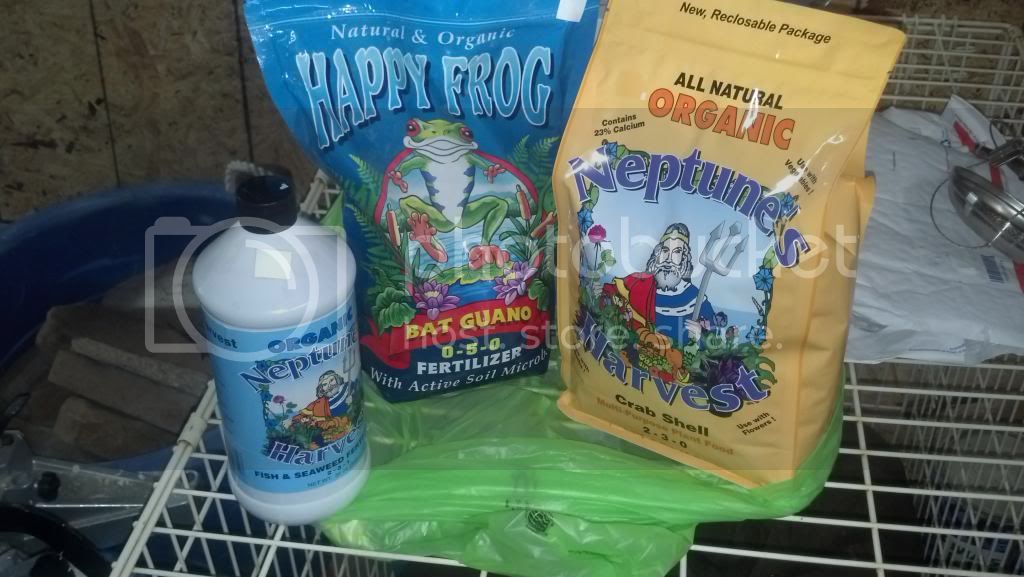beerbreath81 said:wondering if anyone has tried this
http://www.amazon.com/Xtreme-Tea-Brews-90-Pack/dp/B007F87T2C/ref=pd_sim_sbs_lg_1
kinda pricy upfront but this would cover 10 brews according to their website.
Smitty said:A find a local hydro store they should have that or could probably order it for you plus save the shipping?
Or, a good option while it lasts:
http://thehotpepper.com/topic/43497-free-if-you-pay-shipping/




